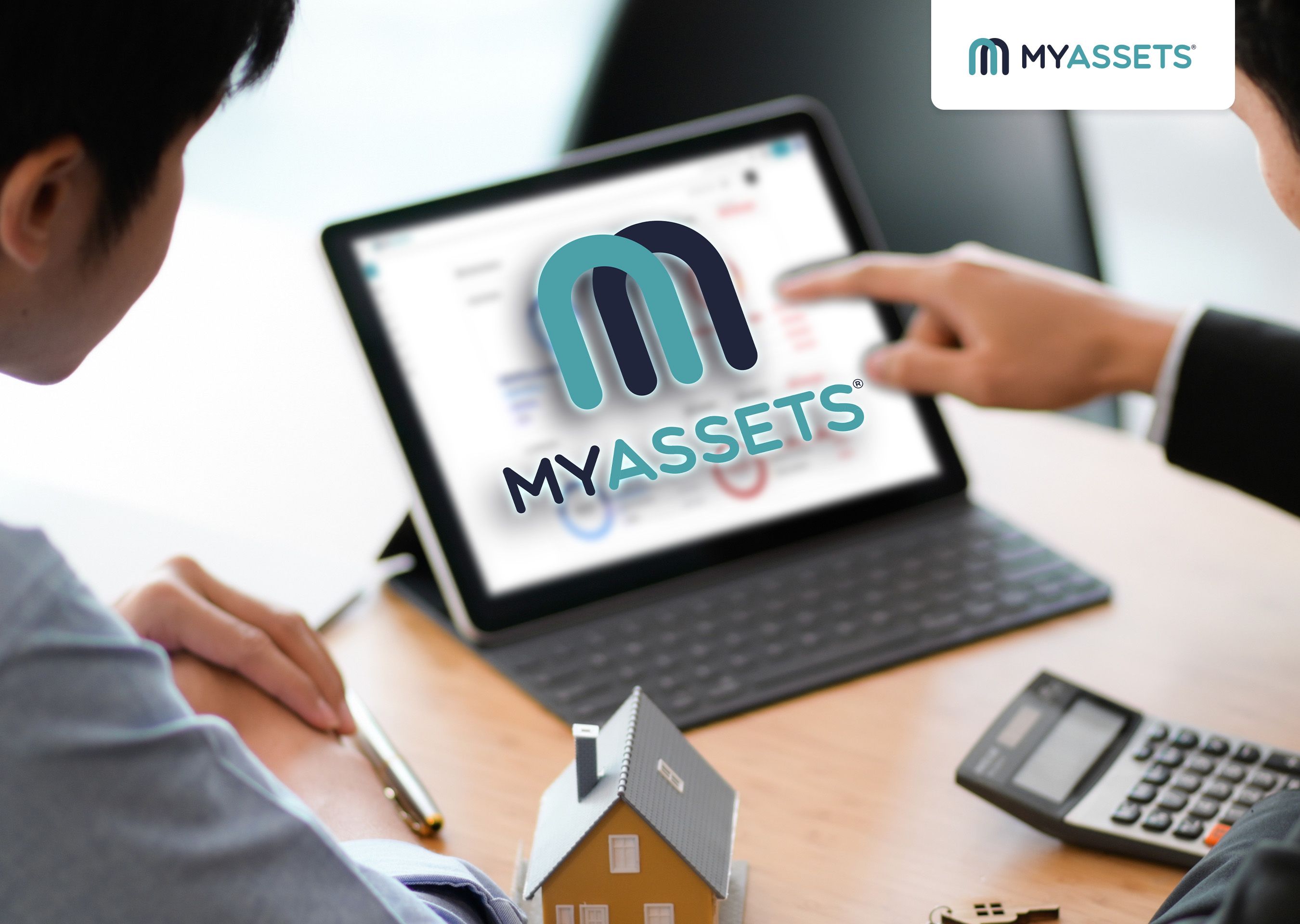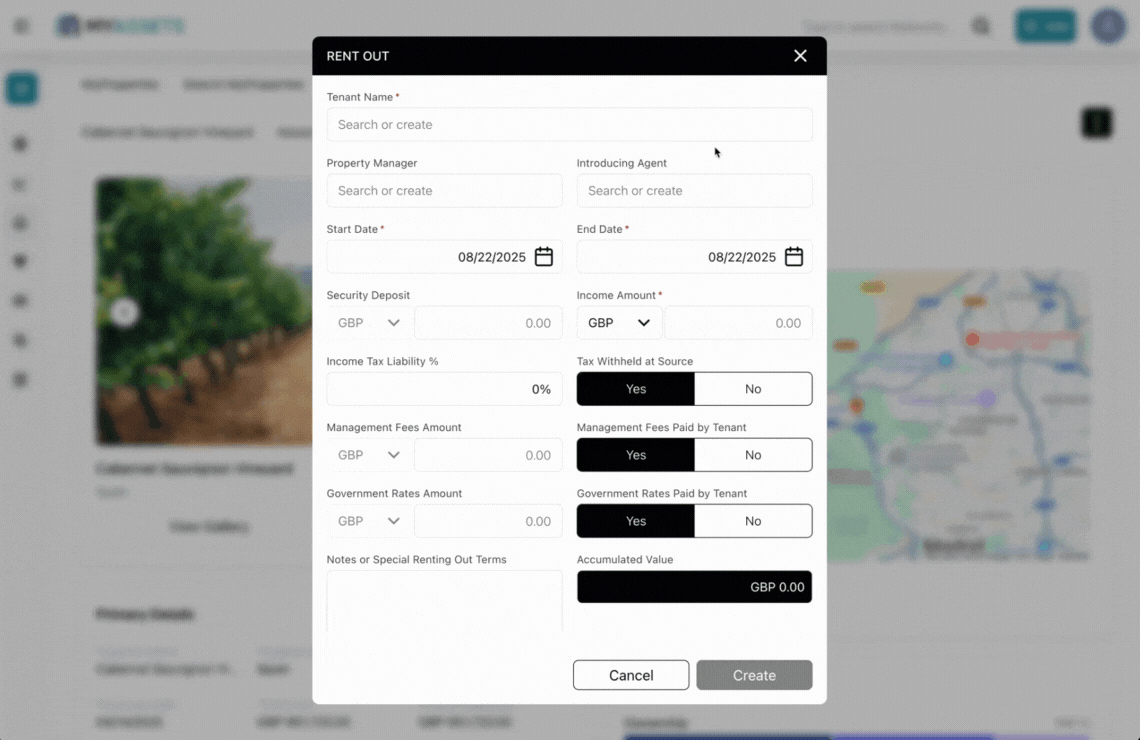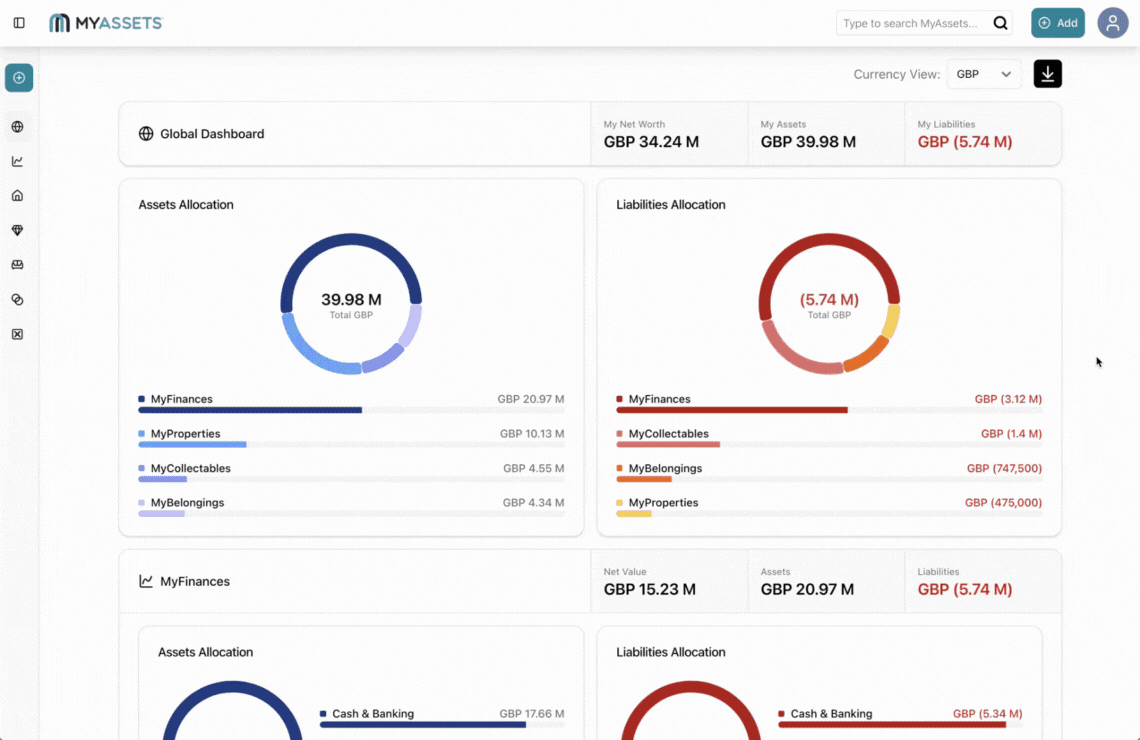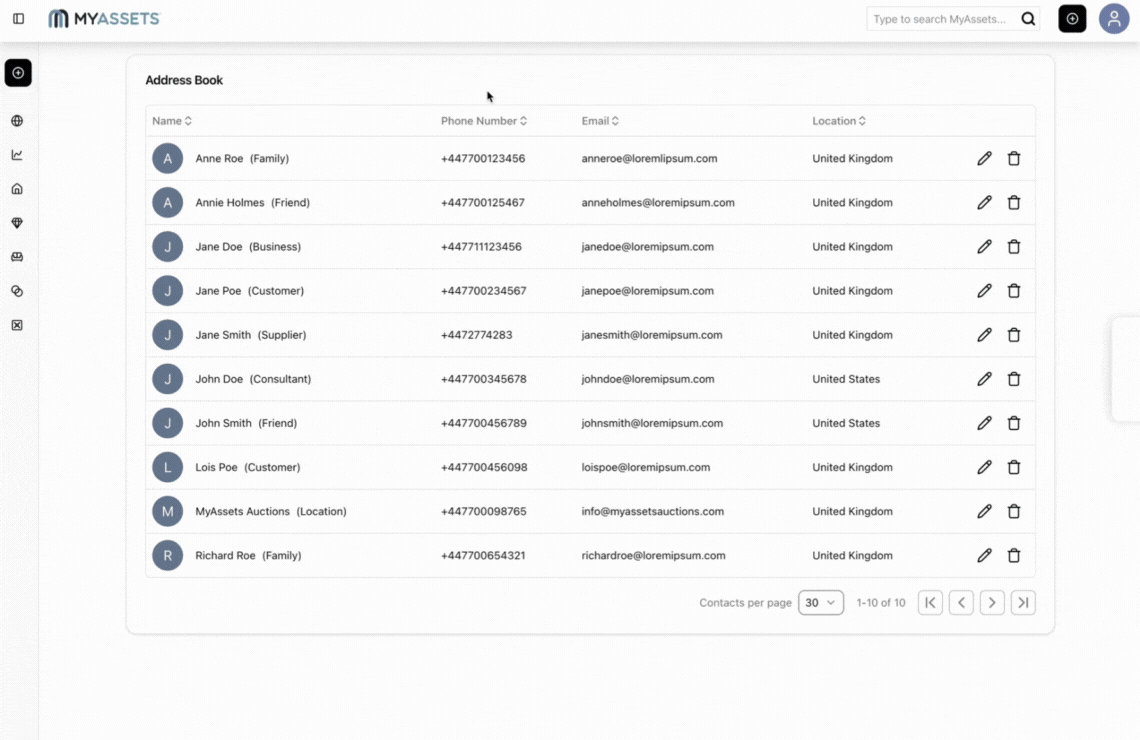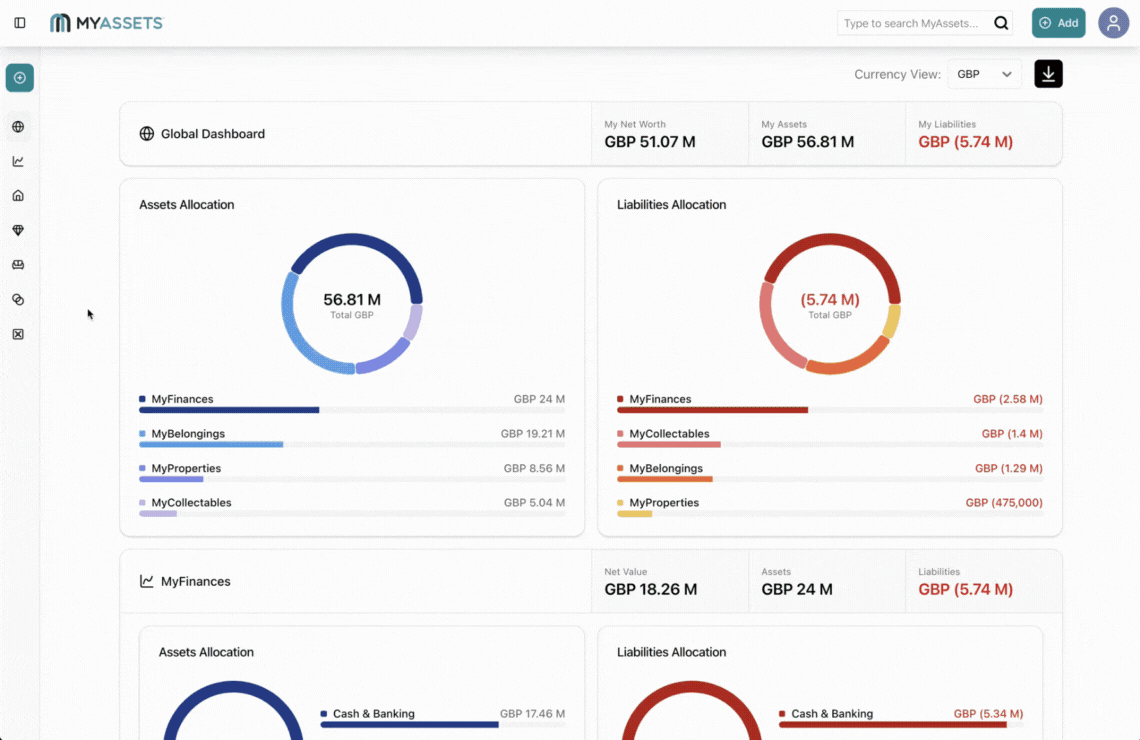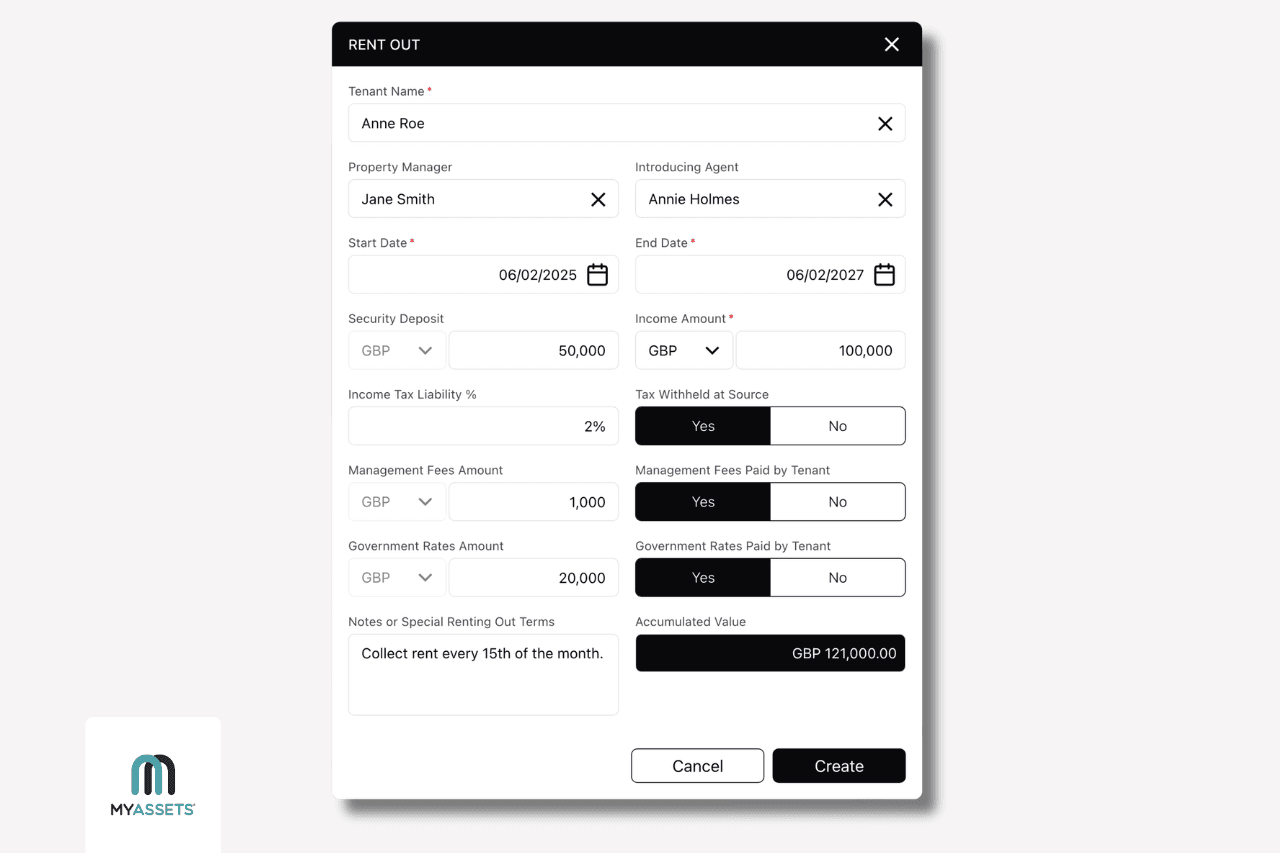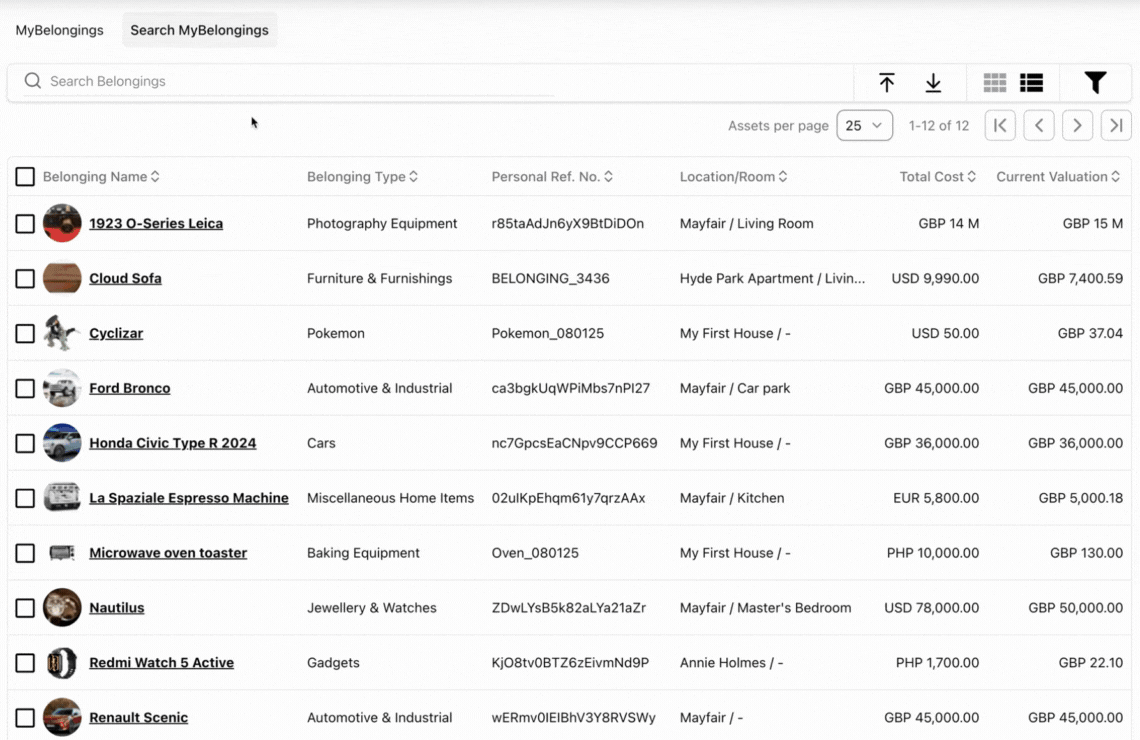Managing rental properties can be a profitable investment. But this can be a challenge as your property portfolio grows.
Handling rental properties involves a wide range of responsibilities. This includes tracking leases and maintenance schedules to managing finances and ensuring tenant satisfaction. And like any undertaking, rental property management can also entail significant challenges.
Commercial Construction & Renovation Magazine reports that some of the challenges in managing rental properties include:
- Tenant acquisition
- Rental expenses
- Property repairs
- Legal compliance
Because it is such an involved process, using the right tools can make a positive impact on managing your rental properties.
A property management app streamlines the process by providing access to data and real-time financial tracking. These digital tools enable you to oversee your assets, reduce manual errors, and improve decision-making. App features such as property dashboards, document storage, and performance analytics can optimise your rental property investments.
In this article, we discuss how MyAssets, as a property management app, can be useful in handling your rentals.
- Why is it Important to Manage Your Rental Properties within One Platform?
- Four Ways MyAssets Can Streamline Your Rental Property Management
- MyAssets can optimise your property workflow
- MyAssets can improve your rental expense tracking
- MyAssets can help you prepare for maintenance planning
- MyAssets can improve tenant experience
- 6 Steps in Managing Your Rental Properties with MyAssets
- Create a Comprehensive Profile of Your Rental Property
- Keep Your Contacts in a Central Location
- Track Your Rental Expenses in One Platform
- Include Personal Notes for Each Tenant
- Secure Digital Copies of Important Documents
- Interlink Your Valuables to Your Properties on MyAssets
- The Digital Property Investor: Managing Rentals in the App Era
- Rental Property Management with an App: Frequently Asked Questions
- Simplify Real Estate Management with MyAssets
Why is it Important to Manage Your Rental Properties within One Platform?
A real estate management app targets several areas in managing your rental properties.
A Forbes article explained that there are benefits to implementing technology for property management. These advantages include:
- Centralised and accessible data. Many property management apps provide cloud-based platforms. This allows you to store, record, and access data from any location. This is a crucial feature in finding answers or solutions wherever or whenever you are.
- Streamlined information updates. Apps with dynamic processes allow you to access real-time data and make informed decisions as you review rental properties.
- Increased tenant satisfaction. A property management tool can help you generate insights to improve the tenant experience.
In a previous article, we discussed how MyAssets can be used as a property management tool. MyAssets caters to different categories and subcategories of assets, including your property portfolio. This enables you to manage your rental properties alongside your other valuables and assets – all in one platform.
4 Ways MyAssets Can Streamline Your Rental Property Management
This section shortlists how MyAssets can support you in managing your rental properties.
1. MyAssets can optimise your property workflow
Using MyAssets gives you a clear overview of the tasks to accomplish in managing your rental properties.
According to GOV.UK, property owners in the United Kingdom must fulfil certain responsibilities when renting out their property. Some of these responsibilities include:
- Keeping properties safe from health hazards.
- Ensuring that gas and electrical equipment are safely installed and maintained.
- Confirming that tenants have the right to rent property if it’s in England.
Keeping track of all these obligations can be challenging, especially if you have several rental properties.
In MyAssets, you can include to-do lists, reminders, and personal thoughts in the Notes section for each rental property page. This allows you to create a comprehensive workflow and prioritise tasks.
2. MyAssets can improve your rental expense tracking
Rental expenses are an essential aspect of property ownership, especially for landlords and property investors. These costs can vary depending on the type, location, and size of the property. But they generally fall into categories that need to be managed carefully.
Here’s an overview of the common rental expenses in the United Kingdom:
- Mortgage Payments: Mortgage payments are often one of the highest recurring costs, and are typically either a fixed or variable amount paid monthly.
- Council Tax: This is a local tax that helps pay for local services. While tenants usually pay the council tax, you may have to cover this cost if the property is empty or certain exemptions apply.
- Maintenance and Repairs: Regular maintenance is crucial to keep the property in good condition and avoid costly repairs in the future. Common repairs include plumbing, electrical work, painting, and cleaning.
- Property Taxes: You are subject to income tax on rental income, but you can deduct expenses such as mortgage interest, maintenance, and insurance from your taxable income.
- Utilities: While tenants usually pay for gas, electricity, and water, you might need to cover the cost of utilities in cases of short-term or all-inclusive rental agreements.
- Advertising and Marketing Costs: If you are advertising properties for rent, you may pay for listing fees on websites or use letting agents for marketing.
It can be challenging to stay on top of all these expenses. Landlord Vision advises leveraging digital tools to optimise your expense tracking for rental properties.
MyAssets allows you to include key expenses and track the associated liabilities to your rental properties.
3. MyAssets can help you prepare for maintenance planning
Regular maintenance not only increases tenant satisfaction and retention, it also preserves your property’s value over time.
All Property Management provides a comprehensive rental maintenance checklist, categorised into tasks by frequency (e.g. monthly, annually, seasonally). Given the breadth and depth of regular maintenance, using a property management app can help you keep track of these tasks.
MyAssets allows you to store records of past maintenance work, including invoices, contractor details, and work orders. This helps you track the history of repairs and plan for future needs. It can also record maintenance costs, allowing you to monitor how much is being spent on maintenance and helps to manage finances effectively.
4. MyAssets can improve tenant experience
Positive tenant relationships are crucial to the success of your rental properties.
Landlord Leaders reports that 80% of landlords are spending more time thinking about how to improve their tenants’ experiences. This indicates that landlords recognise the importance of building strong connections with their tenants.
Creating trust and stability with your tenants can improve your communications and minimise disputes or disagreements.
MyAssets allows you to note down special concerns or requests tenants might have during their lease period. This customises each rental property within the platform.
6 Steps in Managing Your Rental Properties with MyAssets
Here’s a step-by-step guide on how to leverage MyAssets in managing your rental properties.
1. Create a Comprehensive Profile of Your Rental Property
MyProperties, one of the core features of MyAssets, allows you to create in-depth profiles for each rental property you own.
In MyAssets, users can include the following rental details:
- Government Rates Amount
- Income Tax Liability%
- Leasing Period
- Management Fees Amount
- Notes or Special Rental Terms
- Security Deposit
On a broader scale, you can also include general information about the property itself. You can add the property’s acquisition, location, configuration, and ownership details. As an asset management app, MyAssets aims to provide a centralised platform that allows you to organise, track, and monitor all your assets, including your properties.
2. Keep Your Contacts in a Central Location
MyAssets allows you to include the following contacts for rental properties:
- Introducing Agent
- Property Manager
- Tenant
MyAssets features the Address Book, which enables you to integrate your contacts with your assets within the platform. This ensures that your contacts are easily within reach in one location.
Microsoft advises organising your contacts when creating your address book. The Address Book in MyAssets enables you to categorise different contacts according to the following Contact Types:
- Business
- Consultant
- Customer
- Family
- Friend
- Other
- Supplier
The Address Book in MyAssets also shows you the associated assets linked to each contact. This gives you a clear overview of how your assets are connected to your contacts, beyond the rental property industry and across other fields.
3. Track Your Rental Expenses in One Platform
Managing your cash flow and rental expenses ensures your property investments are profitable. Using an app as a cash management solution can help monitor the financial health of your rental properties.
As an example, MyAssets provides a micro and macro view of your assets. Once you’ve entered the primary details of your rental properties on the platform, you can track the rental expenses and additional costs.
4. Include Personal Notes for Each Tenant
MyAssets provides a section for users to include notes or special rental terms for each tenant. It customises each rental property and gives you the freedom to add your thoughts about how to improve the tenant experience.
By personalising your tenant experience, you can increase tenant retention, improve communications, and boost financial performance.
5. Secure Digital Copies of Important Documents
Document Vault, one of the features in MyAssets, allows you to upload important files, images, and receipts relevant to each rental property. This gives you secure storage for your digital documents to ensure data security and provide data backup.
6. Interlink Your Valuables to Your Properties on MyAssets
If you provide furnished rental properties, it’s crucial to have tools to track your valuables in each rental.
MyAssets allows you to create comprehensive items, art, and rare collections under MyBelongings and MyCollectables. This ensures you organise your physical assets at home within a digital platform.
You can also link various financial assets to your properties, such as mortgage and loan accounts and insurance policies, with MyFinances.
The Digital Property Investor: Managing Rentals in the App Era
Leveraging apps to effectively manage your rental properties can increase the profitability of your investments. In this age, where technological advancements are at your disposal, it’s crucial to maximise the use of property management tools in handling your rentals.
A property management app must address your requirements and support you in resolving potential problems that come your way. Your chosen rental management solution must help you with tenant acquisition, rental expenses, maintenance and repairs, and legal compliance.
Rental Property Management with an App: Frequently Asked Questions
1. What is involved in managing a rental property?
Common responsibilities in managing rental properties include:
- Creating well-drafted lease agreements
- Developing a clear financial plan and management
- Ensuring safe and habitable conditions
- Finding and screening tenants
- Implementing routine maintenance and repairs
2. What are the common problems in managing multiple rental properties?
Key problems in rental property management include:
- Operations: This includes the day-to-day tasks and processes involved in managing and maintaining the property. Examples include tenant management, rent collection, maintenance and repairs.
- Expense and pricing: Depending on whether you offer short-term or long-term rentals, it’s important to understand the changes in the industry to provide competitive rates for tenants.
- Enhancement of tenant experience:Constantly elevating the tenant experience can improve professional relationships and increase referrals.
3. What should I look for in a rental property management app?
Consider the following when choosing a rental property management app:
- Find the potential providers that fit your requirements
- Identify your rental property management needs
- Select the features you need and can do without in an app
This will help you narrow down your options and choose from a curated shortlist.
Simplify Real Estate Management with MyAssets
In today’s fast-paced rental market, property management apps have become indispensable tools. By streamlining everything from rent collection and maintenance tracking to tenant screening and lease management, these apps eliminate much of the manual work and guesswork involved in managing properties.
MyAssets allows you to manage your rental property portfolio alongside other asset types – all in one platform.
With MyAssets, you can build a comprehensive repository of information regarding each rental property, allowing you to generate insights into how to make them more profitable.
Ready to streamline your workflow? Start managing your rental properties with the MyAssets 14-day free trial.
